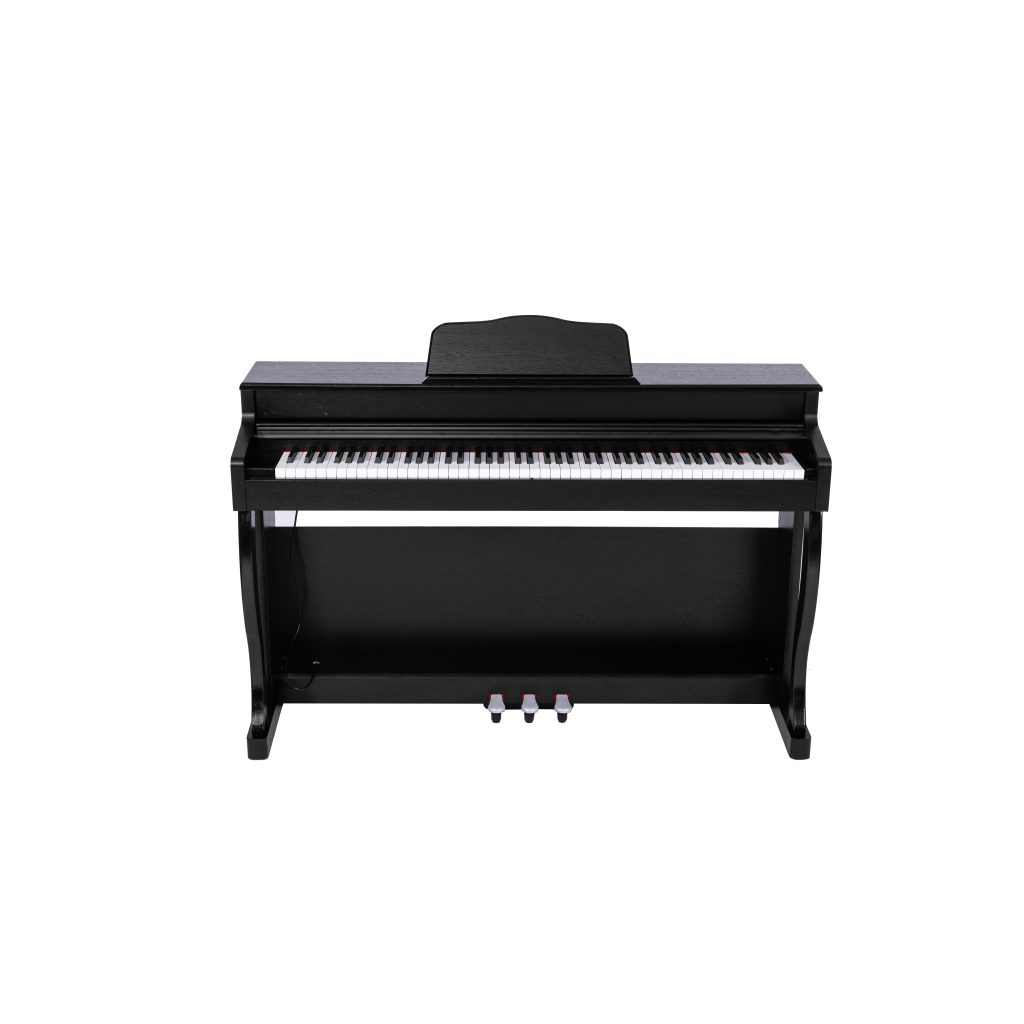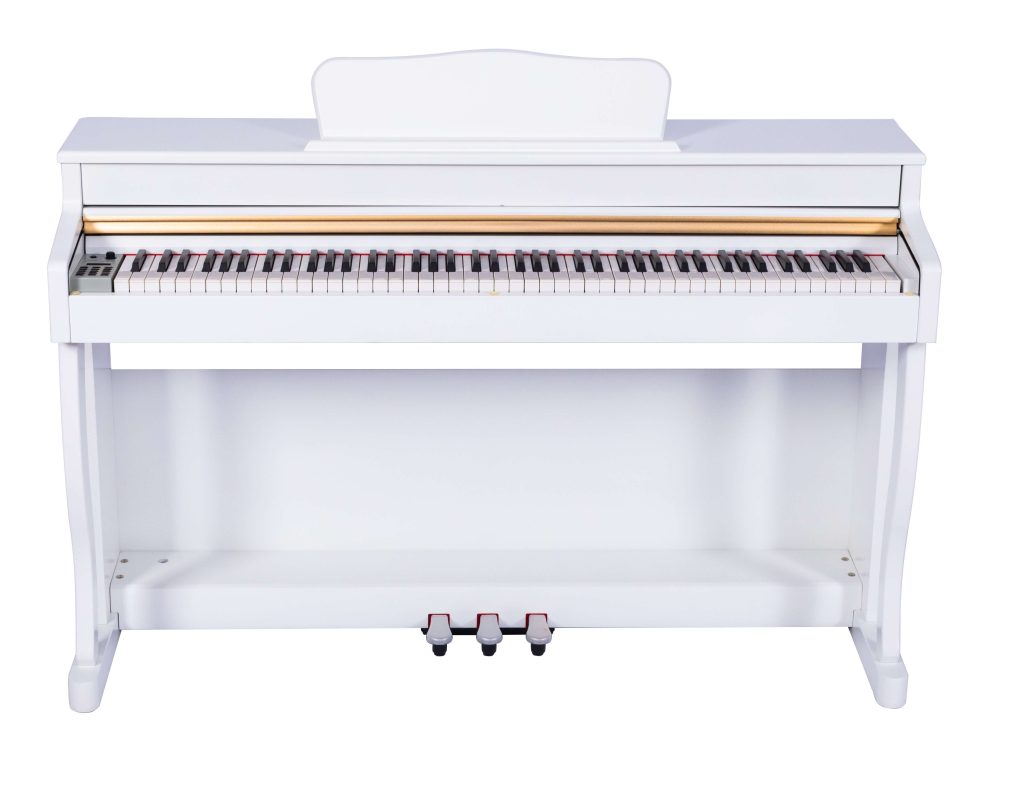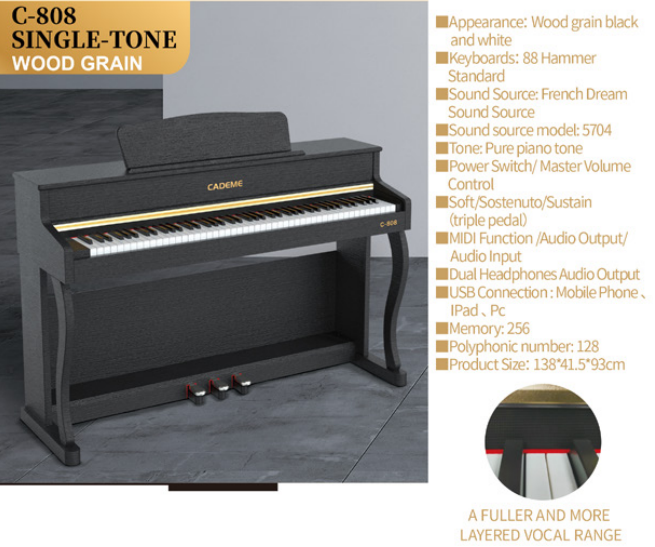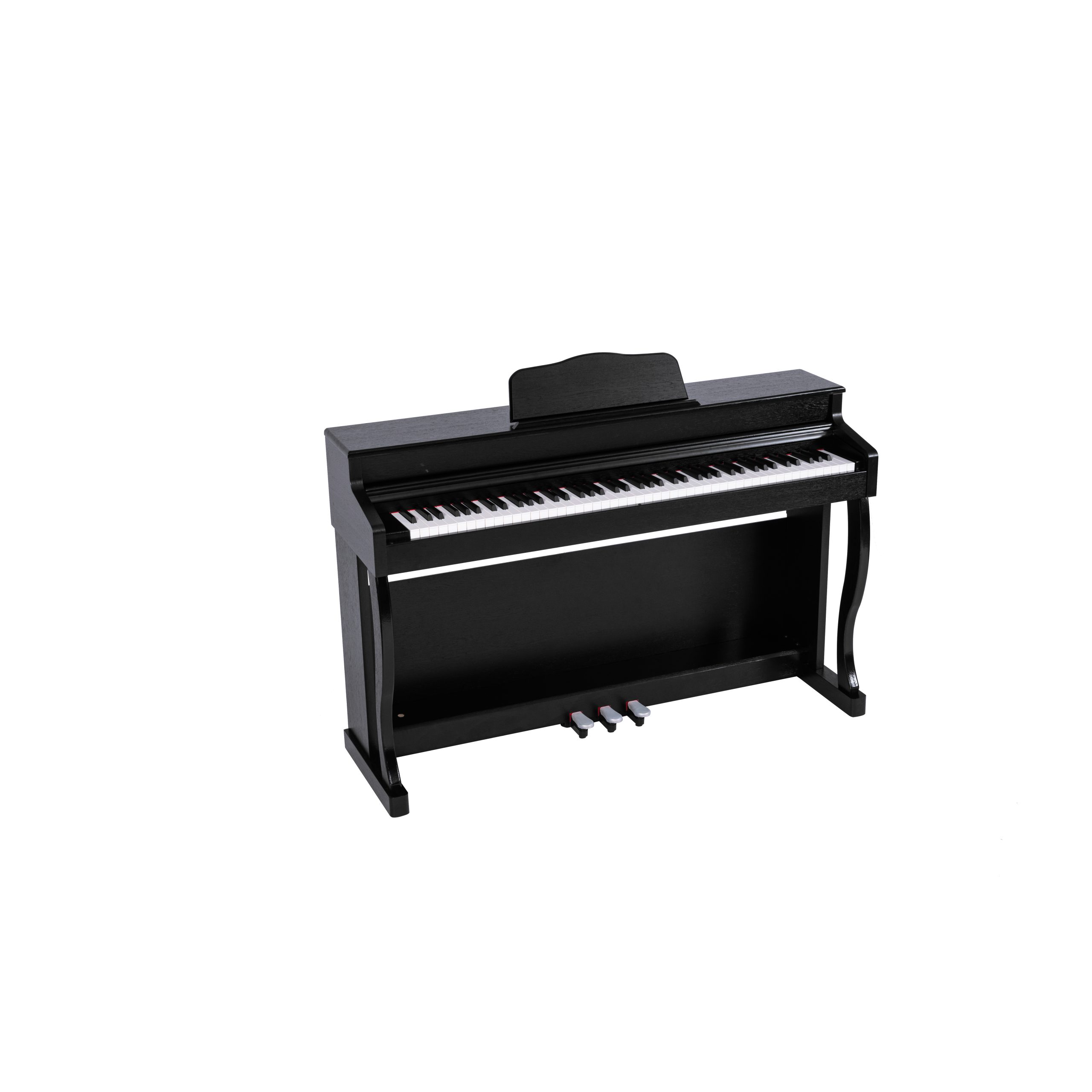Digital pianos have revolutionized the music industry with their cutting-edge technology, providing musicians with an experience that closely mimics traditional acoustic pianos. By integrating sound sampling technology, key action improvements, and sophisticated audio systems, modern digital pianos offer unparalleled performance, making them a preferred choice for both beginners and professionals. In this article, we delve into the technological advancements that set digital pianos apart.
High-Quality Sound Sampling Technology
Realistic Piano Tones Through Advanced Sampling
One of the most crucial elements of a digital piano is its sound source technology. High-end models use multi-layered sound sampling from renowned concert grand pianos, capturing the subtle nuances of each note. This advanced technique ensures that every keystroke produces a rich, dynamic, and authentic tone.
Multi-Dimensional Sampling and Resonance Simulation
Leading digital pianos employ multi-dimensional sampling, which records various intensities of keystrokes, allowing for an expressive sound range. Additionally, technologies like string resonance simulation and damper resonance modeling further enhance the authenticity by replicating how acoustic piano strings interact with one another.
Artificial Intelligence and Machine Learning Integration
Some digital pianos incorporate AI-driven sound enhancement, where machine learning algorithms analyze a player’s touch and dynamically adjust the tone, mimicking the expressiveness of an acoustic instrument. This adaptive sound technology ensures a more lifelike performance, responding to the pianist’s playing style in real time.
Innovative Key Action Mechanisms
Weighted Hammer Action for a True Acoustic Feel
One of the defining aspects of a high-quality digital piano is its key action technology. Weighted hammer action replicates the mechanical resistance of acoustic piano keys, providing an authentic playing experience. This innovation allows for a more natural transition between digital and acoustic pianos.
Graded Hammer Action and Escapement Mechanism
Top-tier digital pianos feature graded hammer action, where lower notes have a heavier touch and higher notes feel lighter, just like in an acoustic grand piano. The inclusion of an escapement mechanism further refines the feel, ensuring that pianists experience the same subtle feedback found in high-end acoustic instruments.
Synthetic Ivory and Ebony Keytops for Enhanced Grip
Modern digital pianos now come with synthetic ivory and ebony key surfaces, replicating the texture and grip of traditional pianos. This feature enhances playability, preventing slipping and providing a comfortable touch, especially for extended practice sessions.
State-of-the-Art Audio Systems for Immersive Sound
High-Fidelity Speaker Systems
The sound quality of a digital piano is heavily influenced by its built-in speaker system. Premium models integrate high-fidelity speaker arrays, designed to project sound with clarity and depth. Some even feature multi-speaker setups to replicate the spatial sound experience of a grand piano.
Advanced Sound Projection Technology
Cutting-edge digital pianos use spatial sound projection technology, where multiple speakers are strategically positioned to mimic the way sound radiates from an acoustic piano. This creates a three-dimensional listening experience, enhancing the depth and realism of the instrument’s tone.
Headphone Optimization for Private Practice
For pianists who prefer silent practice, high-end digital pianos offer advanced headphone optimization technology. This feature uses binaural sampling to create an immersive sound field that feels as though the player is listening to an acoustic instrument in a concert hall, even while using headphones.
Connectivity and Smart Integration
Bluetooth and MIDI Connectivity for Seamless Integration
Modern digital pianos now come equipped with Bluetooth and USB-MIDI connectivity, allowing seamless integration with music software, recording devices, and learning applications. This functionality is ideal for both home practice and professional music production.
App Integration for Interactive Learning
Many digital pianos are compatible with smartphone and tablet applications, providing interactive lessons, real-time feedback, and cloud-based storage for compositions. These apps enable pianists to track progress, access sheet music, and experiment with new techniques.
AI-Powered Learning Assistance
Some digital pianos feature AI-powered learning assistance, analyzing a player’s technique and providing recommendations for improvement. These tools help musicians refine their skills more efficiently, making digital pianos a valuable educational asset.
The evolution of digital pianos has been driven by technological innovations that bring them closer than ever to the feel and sound of traditional acoustic pianos. From advanced sound sampling techniques and realistic key actions to state-of-the-art audio systems and intelligent connectivity features, today’s digital pianos offer an unparalleled musical experience. As these technologies continue to advance, digital pianos are set to become an even more powerful tool for musicians worldwide.





